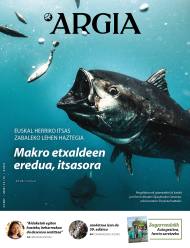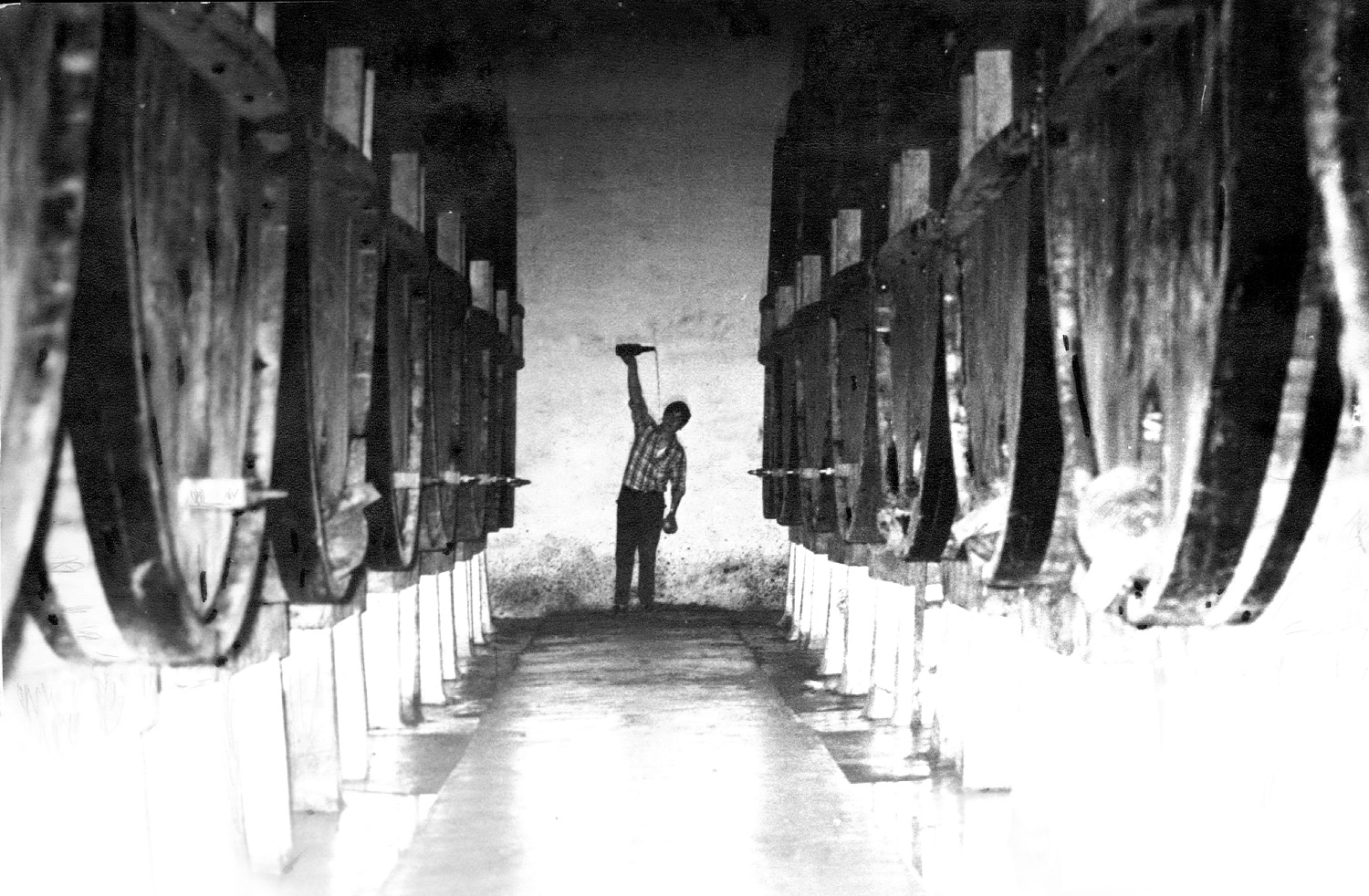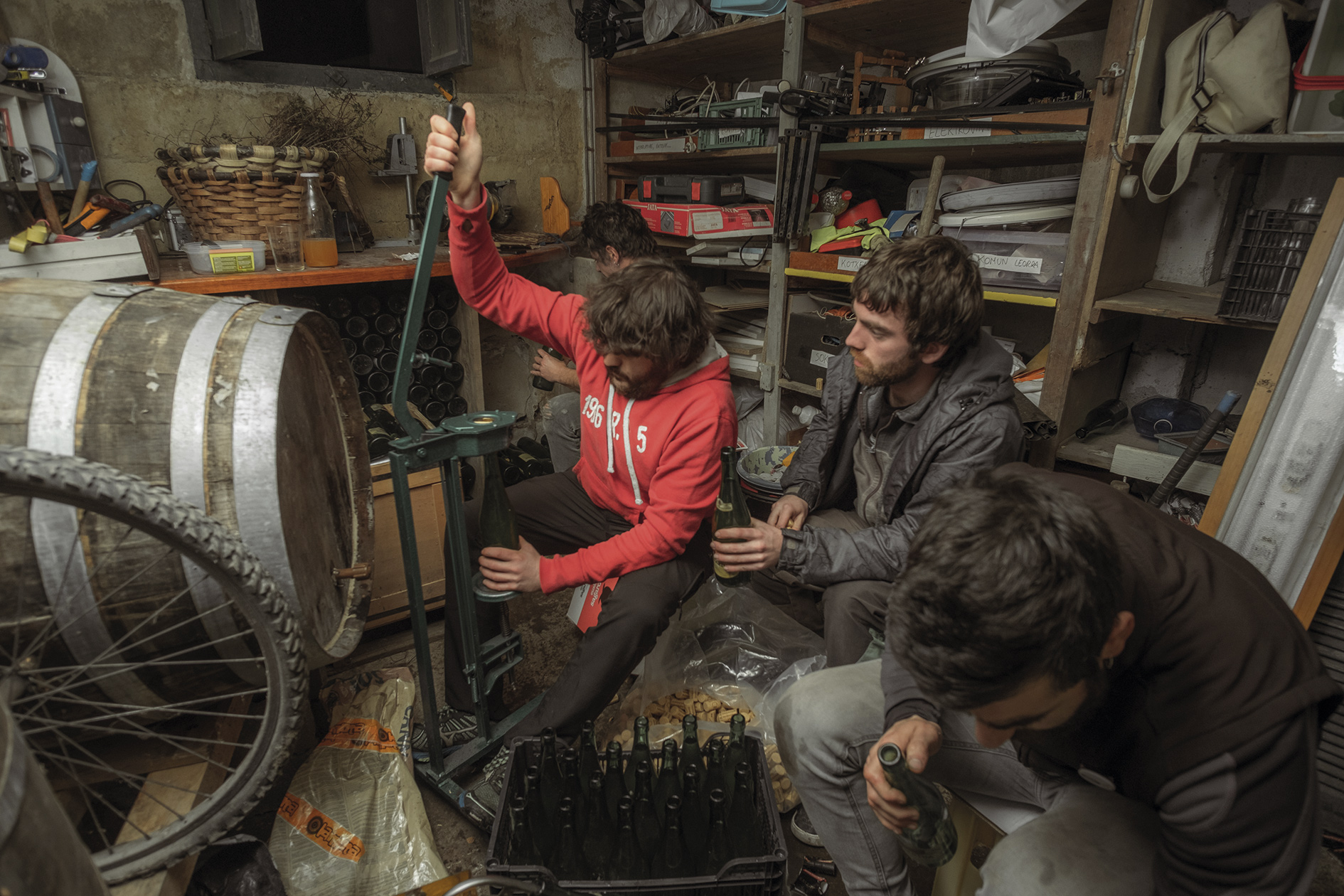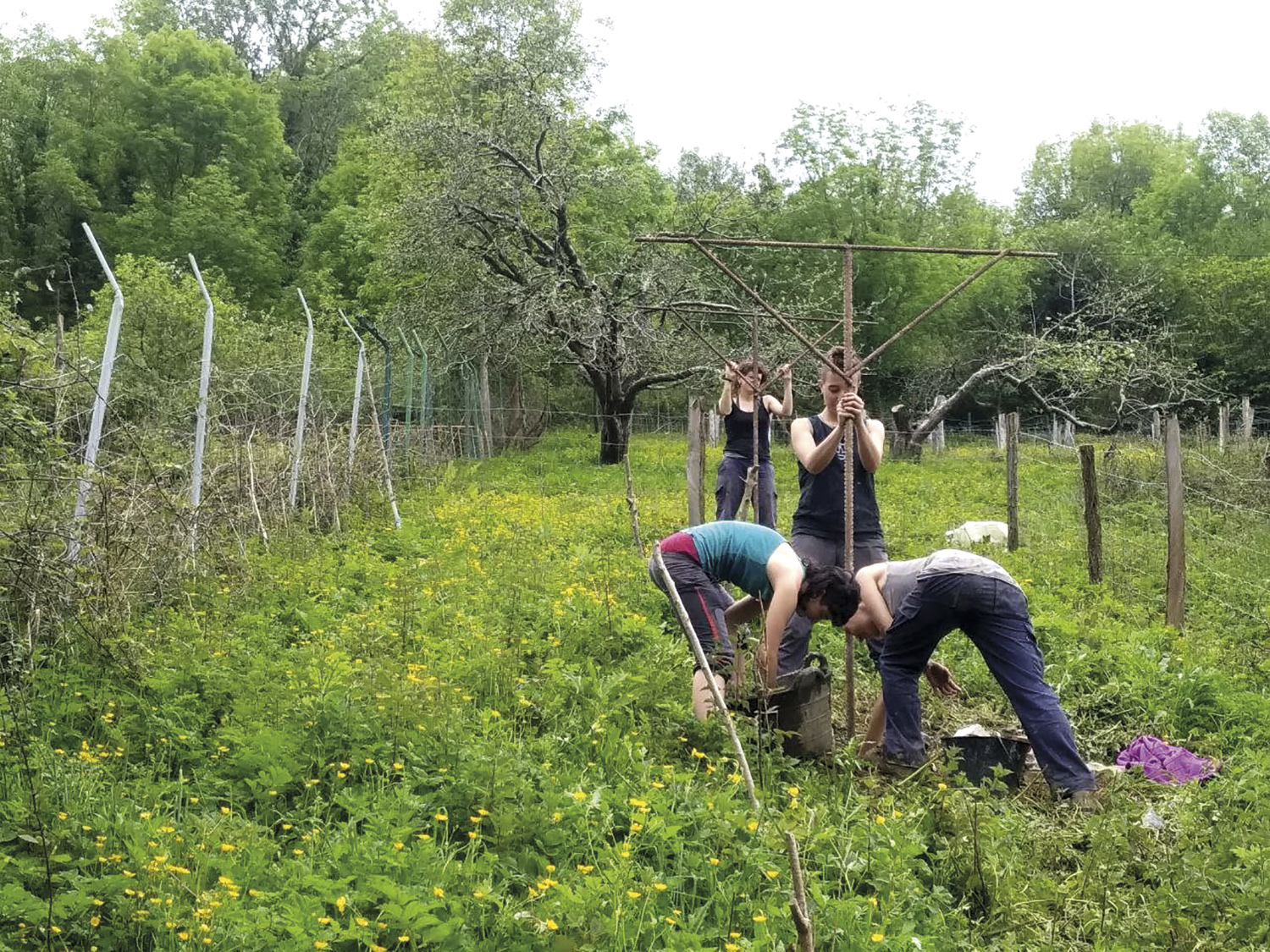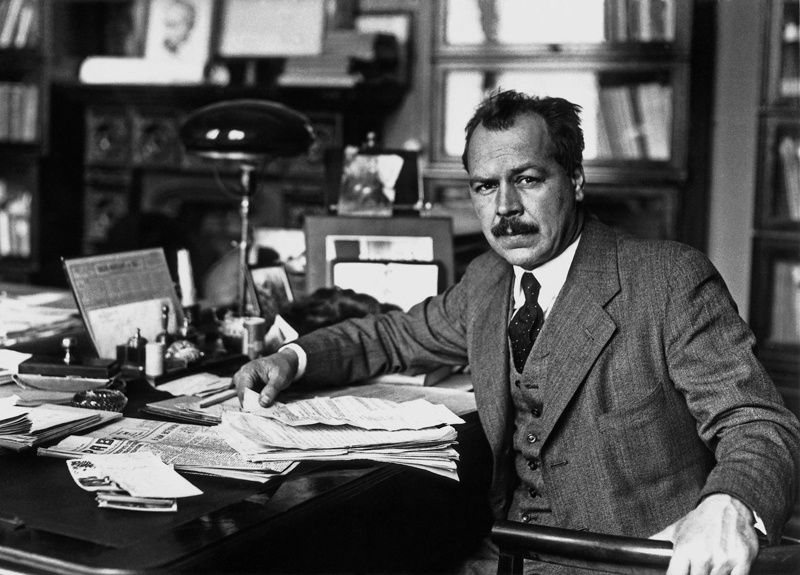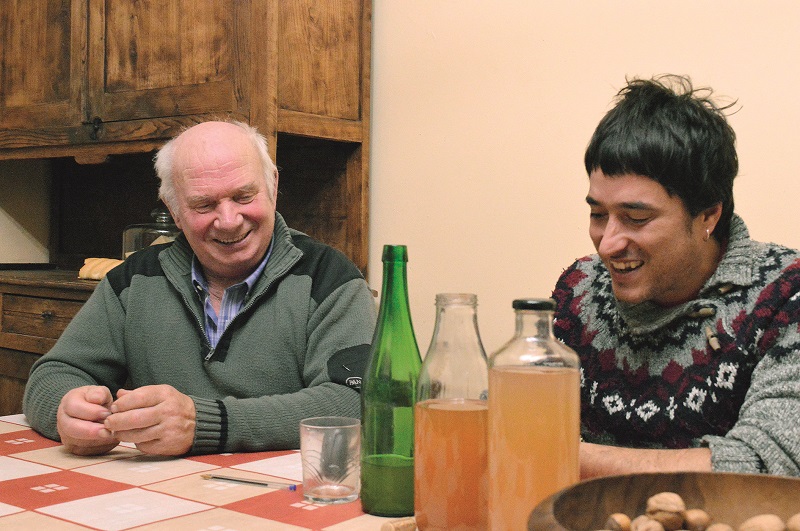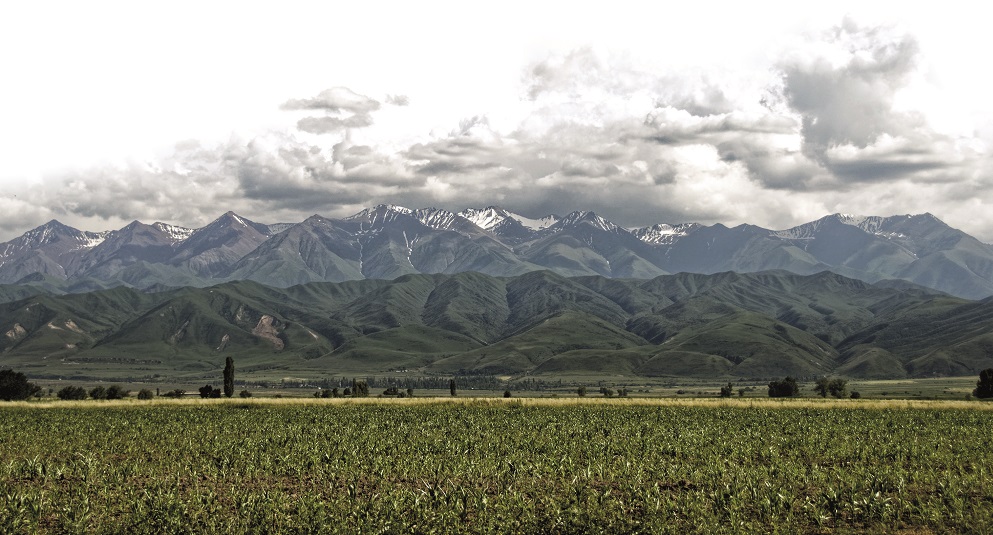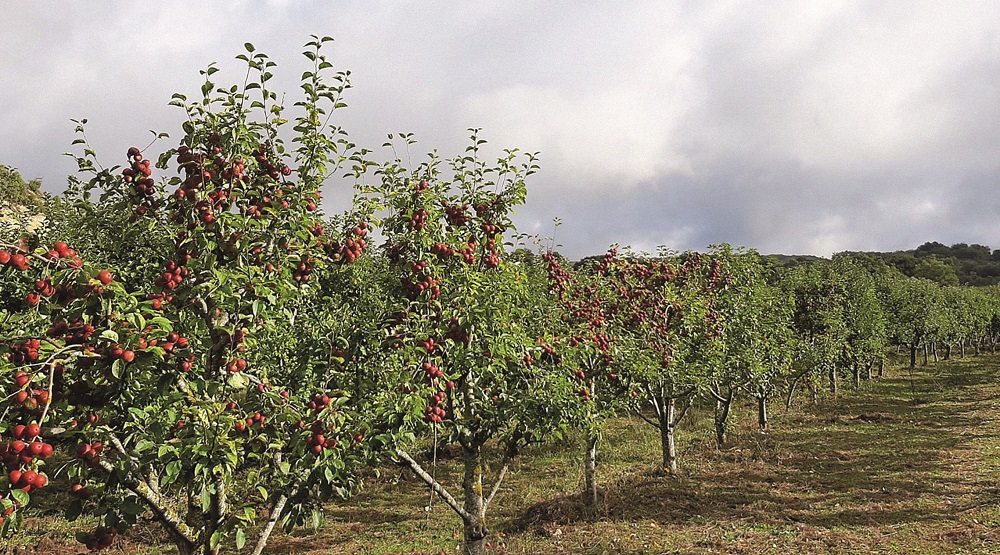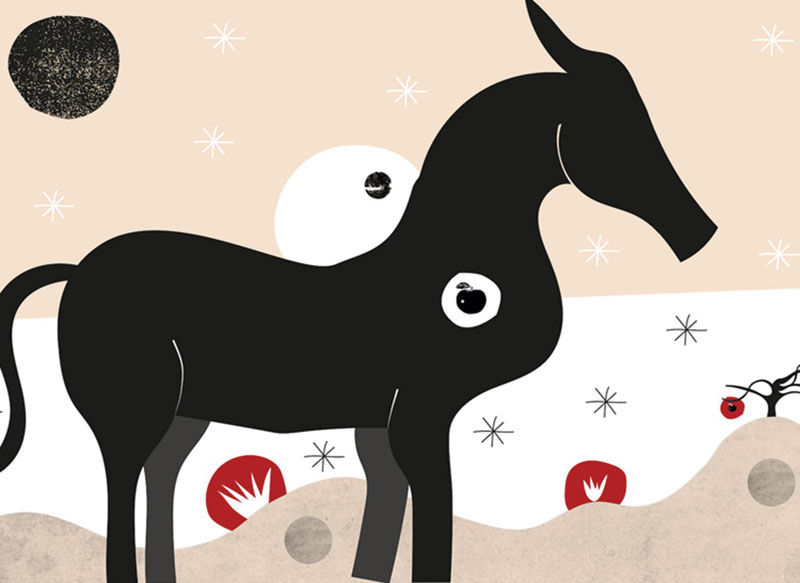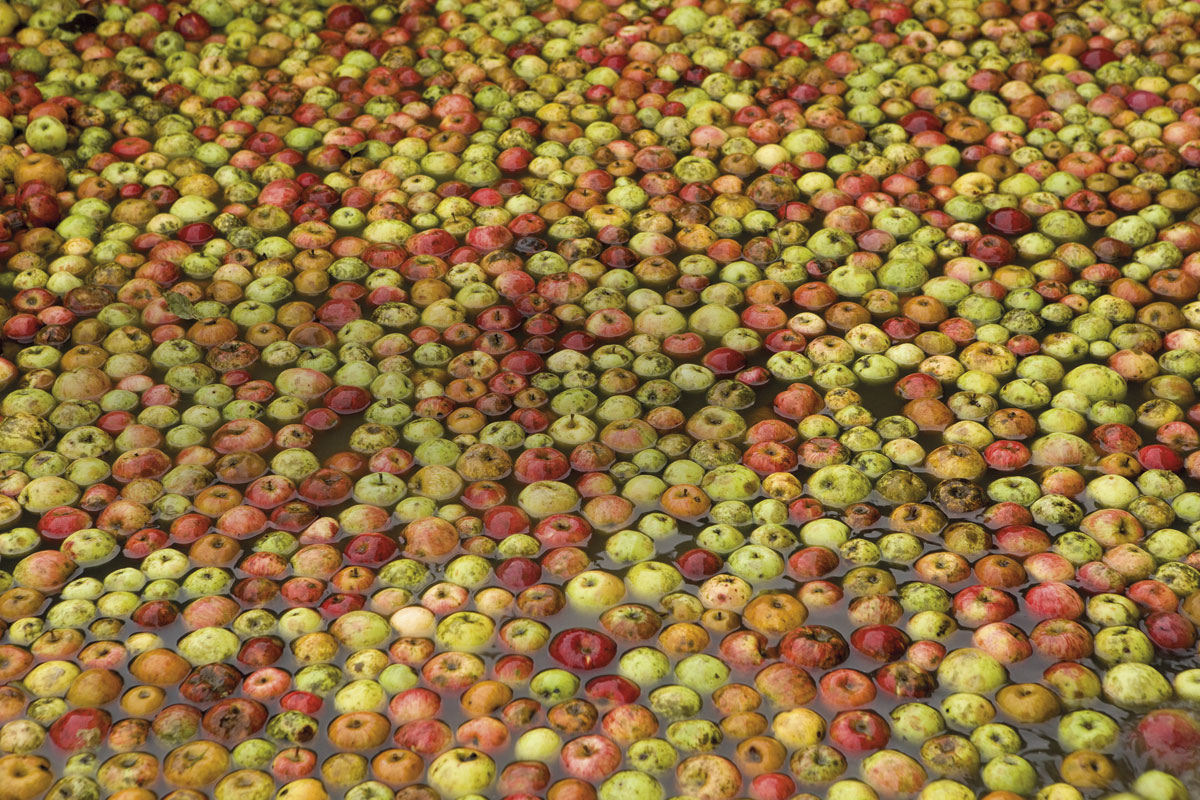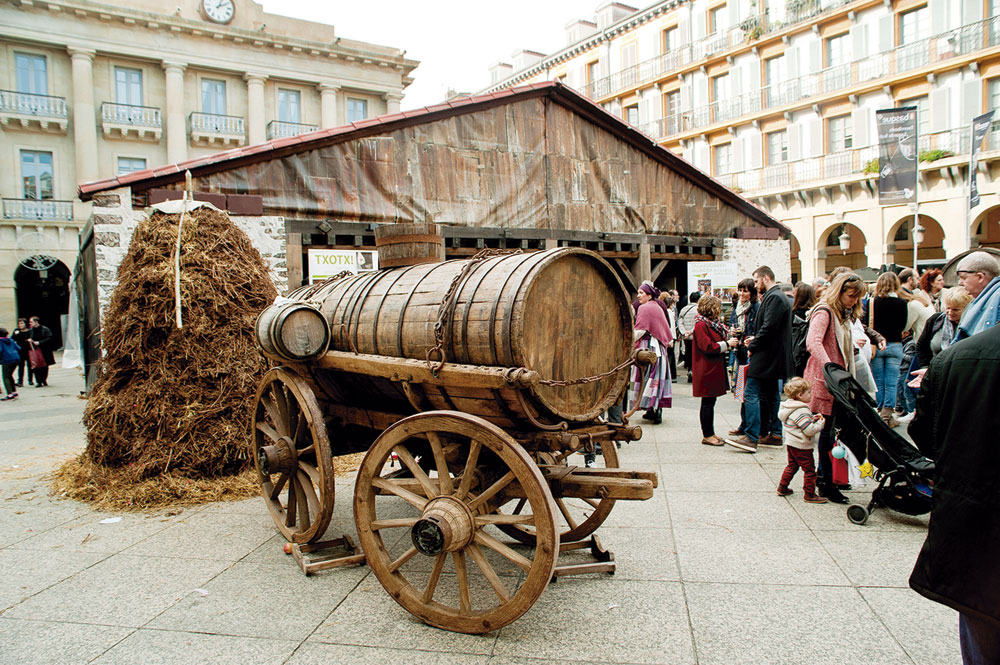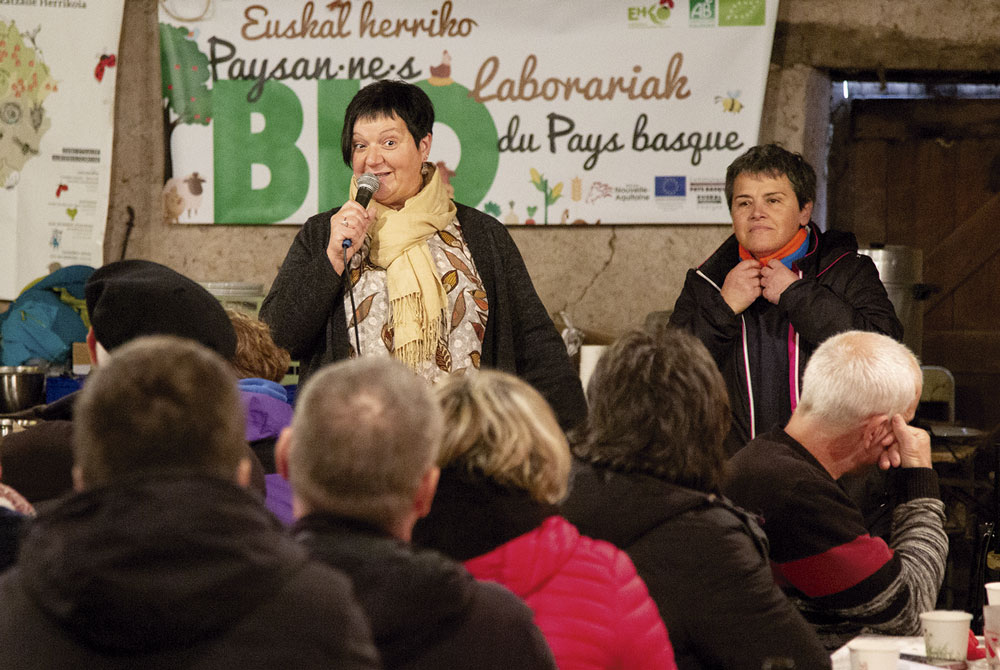8,000 litres of apple juice produced in 900 inhabitants
- “Will I take out an apple juice?” With this question begins an interview with the members of the Economate of Barrundia Koldo López Borobia, Susana López de Ullibarri and Santi Txintxurreta. We've gathered around the apple bridge and in the garden surrounded by apples. This is not Hernani or Astigarraga, but it is clear that the culture and the relationship with the apple is still alive here. Proudly – and half-jokingly, with the desire for the Gipuzkoans to spend a little – they have remembered that the first ecological cider of the CAPV came out of Ozaeta, head of the village of Barrundia by 2003. There's something.
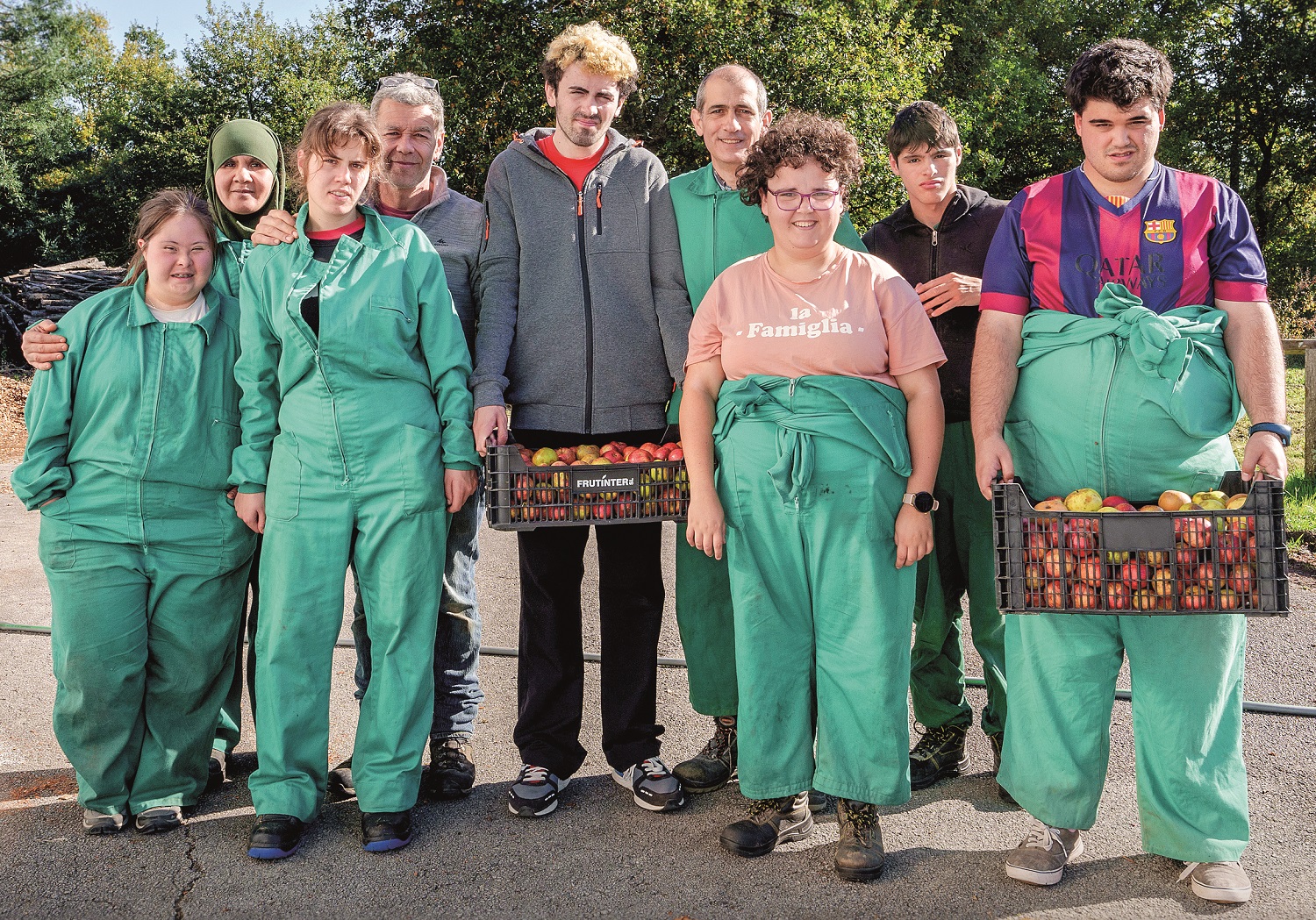
But cider is not the protagonist of today, as we have come to this Alavese municipality to talk about apple juice. In fact, ten years ago, a public processing centre for apple juice was set up at the municipal premises of Ozaeta, and since then there have been hundreds of citizens. Hundreds of inhabitants, thousands of kilos of apples and thousands of liters of juice. The Barrundia Consumer and Economate Group, which has just turned 15, has been one of the key drivers of the project.
Native varieties of apple — or naturalized —
However, in order to know the origin of the apple juice production project, it is necessary to go back several years. Koldo López arrived in Ozaeta 30 years ago with the intention of starting to make the cider, and also wanted to know the relationship that the region maintained with the apple in the past and in the present, along with other colleagues. “Here was a man named Patxi Segura, in the town of Larrea, whose family had a single private nursery of Álava before the construction of the plot. From this nursery came fruit trees to many places in Álava and to the towns of Barrundia, and it was Segura himself who introduced the varieties,” he explained.
Segura's father also had a nursery, so they're old stories. 70 years? 80? It is not exactly known, but it is more than 50 years old. And from this nursery were opened three varieties of apples that can be taken as autochthonous: the French, the peral and the beauty of Boskoop. “It is said that the apple is native to Kyrgyzstan, so here too has come from another place, it may not be entirely correct to say ‘there’. But in the seminars they were very aware of those who adapted and those who were selected and propagated. They are therefore well-adapted varieties,” explained López Borobia.
Exploring the history of the region of the apple, they also touched with some centenary apples that were in a house of Ozaeta
They also played with some centennial apples that were in a house of Ozaeta. “These varieties are not seen anywhere else, either among the varieties of Gipuzkoa or among those of Asturias. We have collected them with the name of the place; they are six blocks, because we also have the sulfur, the sulfur, the sulfur, the sulfur, the sulfur i3…”, he says. In the research work it was also found that there were not many people who lived from the apple like in Gipuzkoa, nor much production, but that there has always been relationship with the apple in the region: there are small plantations of apples, people fond, in all the orchards you see some apples, toponymy linked to the apple is present…
“There have always been people who have maintained that connection, many times it has been a fine thread, but they have kept the line, they have kept it. And not only in Ozaeta that culture, in Etura, in Larrea, in Elgea… also in other villages”, they stressed. In the town of Elgea, for example, they have found a variety of barrularu apples, referent in the region as an autochthonous variety of apple. “These barrularus were in two or three places, long inserted by Zirilo Mendaza. The name means yellow, because the fruit is yellowish inside.” The origin of this variety is located in the village of Marieta, in the 1930s, before the 1936 war. A family of Elguea took some cuttings from there and introduced them together with two hermites of the time. In the 1980s, Mendaza collected Elguea's cuttings and introduced them to Ozaeta. Barrularu is an early variety that can last a long time. Currently, the plantation coincides in the Ekonomato portal, due to its symbolic relevance in the region.
Do you rot apples on the ground? That is not possible!
In order to identify the old apples and the different varieties of apples, in 2014 the members of the project developed the census of apples of Barrundia. The research was participatory, complemented by volunteers and members of the consumer group. “One of the goals was to collect all the apples we were looking for in our house to make that census and create a kind of bank.” In the house of López Borobia about 15-20 varieties of apples have been collected, although some have been lost. “We have at least managed to keep the most significant,” he says.
Once the census was carried out and the apples of the region were identified, the Economate began to think about what they could do to maintain and protect them. “We saw that more than half of the apples of these apples would rot on the ground. Some would eat, but most would lose,” says Santi Txintxurreta. He was then responsible for Ekonomato, and he and other colleagues had been working for years on the transformation of Aramaio in the production of apples and juices. Hence, it occurred to them that a similar project for Barrundia could be the right one.
Precisely, in 2014, the Provincial Council of Álava and the Association of Sidreros de Álava ASSE bought a mobile equipment for the elaboration of apple juice, with the aim of passing through different Alavese localities. “The information came to us at the Economate and we decided to bring it to the people. The aramaiotarra Pedro Lizarralde was walking through the villages with the carrimate, and so he started cheering people here,” says Txintxurreta. They took the cart twice to make apple juice to Ozaeta, and seeing that it had worked well and that it wasn't that hard to create something like that, they thought about starting their own project. “Following the mobile equipment project, the idea of buying machinery in different places emerged in Álava. Here, in addition, we had the support of the economate and the city hall, and it was decided to buy.” The first season was held in 2015 with Barrundia’s own machinery.
Thousands of liters of apple juice a year, from a small team
Under the stands of the fronton of Ozaeta, the City Hall had a small premises in which the processing area was mounted. “The breakdown, the press and the pasteurizer are the necessary machines, there is no need for an extraordinary investment,” explains Txintxurreta. During the first year, apple juice processing shifts were managed from the Economate, and a worker was hired to assist in the management of the machinery. “People came with their apples, used the facilities with the workers, paid what they were entitled to and came home with bottles of apple juice,” they say. Arantza Arrien has for years been the worker of the transformation centre, and the members of the project have underlined its involvement and the work it has done.
This year’s self-managed model has also served to foster relations between citizens
But what they thought was going to be a very small scale started to gain strength and spread rapidly. At first, the promoters believed that a few shifts a week were going to be accomplished, and they started only in the afternoons. However, they were soon forced to take turns in the morning. “The first year was a big boom and we adapted as we could. In the second year two workers were hired from the beginning, and the shifts took place from Monday to Friday morning and afternoon and Saturday morning,” explained Susana López de Ullibarri, a member of the project and responsible for the current economy. In each round, 200 kilos of apple are processed and about 100 liters of juice is extracted.
In the first few years, Barrundia’s neighbours in particular dedicated themselves to the elaboration of the juice, but gradually the news of the initiative spread, and year after year more groups were encouraged. “The initial goal was to take advantage of the chamomiles here and then the priority was for those here, but from the outside it also started to come more and more people,” they explained. From the outside, from where? For by the coast of Bizkaia, by Navarre, by Deba, by Bergara, by Burgos… thousands of liters of apple juice, from Ozaeta to the world. “In 2015 there were 12,000 litres; in 2016 there were 3,700; in 2017 there were 11,000; in 2018 there were 17,000.” So far from year to year, the trend has been higher.
The philosophy of the drivers has been, from the very beginning, that everyone wins with this project: economy, workers, apples, users… “We calculated the value of the bottle of apple juice in two euros: half euro was the value of the apple, half euro the cost of the apple, half euro the cost of the worker, third half the work of the owner and half euro was to pay for those bottles intxurt”, explains Txta. Users paid the euro per bottle, as the price was discounted from the value of the apple and its work. And in addition, those who wanted it could pay part of their apple juice content, leaving some bottles for the Economate consumer group.
Apple juice, an excuse to astonish citizens
In this year’s apple juice campaign, however, there has been a significant change in operation: The use of the processing space has been limited to the population of Barrundia. “Last year, the worker always left him and we took a new people to work. The campaign was good, but we were getting harder and harder to find people to work, because it’s very intensive,” explained López de Ullibarri.
“Taking advantage of the autochthonous apple, continuing to care for apples and land… those were the initial goals, and apple juice is somehow a motivation to do so.”
In fact, just as the figures were increasing each year, the pressure of the members of the association and the worker of the transformation center, who worked in dynamization and organization, also increased. “The tension was great, because the citizens here know each other, and people can understand that sometimes there may be problems, that the worker has become ill, or that there are no bottles… because this is not a company. But with the outside, it was sometimes harder. It’s rarely happened, but it could happen, and the pressure was terrible,” added Txintxurreta.
They have therefore resumed the origin and objectives of the project. “Taking advantage of the autochthonous apple, continuing to care for apples and land… those were the initial goals, and apple juice is, in a way, the motivation for it.” So, faced with the penalty of having to limit imports, they have decided to limit production to the population of Barrundia. “It’s a pity, but well, it may be a good opportunity to launch similar projects in other villages,” they say. This year 45 rounds have been completed with the neighbours of Barrundia, which has about 900 inhabitants, making it a more than acceptable number. “About 8,000 liters have been extracted and since there have been no staff, it has been the responsibility of each shift to properly monitor the equipment and keep the area neat and clean,” they added.
According to the proponents, this year’s self-managed model has also served to foster relations between the citizens of the Basque Country. In fact, between the rounds, on more than one occasion there has been a spontaneous encounter between people with a long experience and people who are incipient. “The apple juice project has also done so, as it has boosted new relationships and a greater connection between citizenship in the municipality,” said the head of the economate. In this sense, they have pointed out that the majority of the population that makes juice is of family origin. “Many older people come close, often with their children and grandchildren.” On the other hand, the students of the local small school and the members of the Itaka Foundation of Vitoria-Gasteiz also use the facilities of Ozaeta.









